
Enemies United in Rebellion
In January 1904, Herero leader Samuel Maharero sent his former enemy, Hendrik Witbooi -the leader of the Nama, a message. It said, “Let us die fighting!”
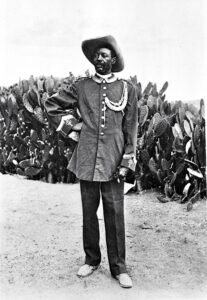
On 12 January 1904 the two former enemies joined together to fight the Germans in what history records as the Herero Rebellion. Although Samuel Maharero would manage to escape the subsequent genocide and died in 1923 in what is now Botswana; Witbooi would fall in battle against the Germans who had formerly been his allies.
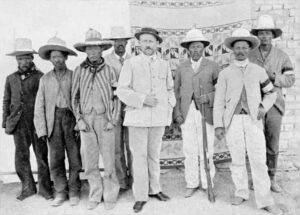
Hendrik Witbooi was not a young man when he was killed – although an exact date for his birth is not known, he is believed to have been born around 1830 in the Cape Colony of South Africa. He was the grandson, son, and nephew of Nama chiefs. He was well-educated in schools in South Africa and Namibia, and spoke multiple languages fluently. Witbooi even left behind diaries, written in beautiful Dutch penmanship, that have been registered by UNESCO as world documentary heritage.
Witbooi’s childhood was not peaceful. His tribal group warred often with others, especially the Herero. After one conflict in 1863 when he was nearly killed, Witbooi had a vision that he believed was sent by God, exhorting him to take his people north.
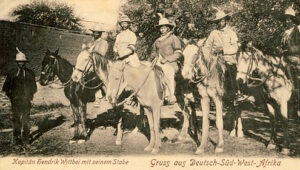
He did so, despite the fact that his father was markedly against the move.
Moving north caused an entire series of calamitous events to unfold, however. Witbooi’s father was killed by a rival in 1887, and Witbooi subsequently shot and killed his father’s assassin in 1888. Soon after, Hendrik Witbooi began to sign his correspondence as “Chief of Great Namaqualand.”
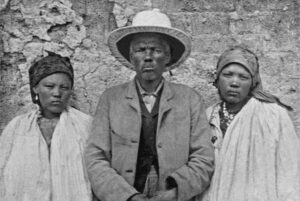
All of this brought him into direct conflict with the Germans who were colonizing the area that is today Namibia.
“We did not give our land away, and what has not been given by the owner cannot be taken by another person,” wrote Witbooi.
On 12 April 1893, Germans attacked Witbooi’s group near Hornkranz. Although Witbooi and most of his fighting men were able to escape, there was a tremendous slaughter of women and the elderly.
The Nama, although woefully under-armed, were able to keep up the fight against the Germans for nearly two years until they signed a conditional surrender in 1894. In this surrender they agreed to fight as auxiliary troops for the German colonial army against a tribal nation long considered Nama enemies – the Herero.
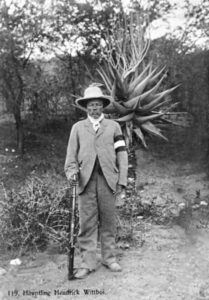
But Hendrik Witbooi was unable to keep up the fight against the traditional Nama enemies as he saw the effects of German colonization in his area of Africa. In 1903 he reached out to Samuel Maharero and proposed that they join together to fight back the Germans.
Witbooi, by then about 75 years old, didn’t survive long in his proposed alliance and the German retaliation on the Herero and Nama was so violent that the two nations still have not regained the population numbers they had before the 1904 rebellion. But Witbooi had seen both sides of future possibilities – both in loyalty to the German juggernaut and in attempting to break free. It could not have been an easy decision for him to reach – but when he reached his decision he led his people from the front lines.
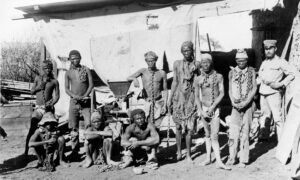
Today Hendrik Witbooi is considered a hero of Namibia, and his face is on several denominations of bank notes.
To read more about the history of Namibia, please click here.
- January 13, 2021
- History
